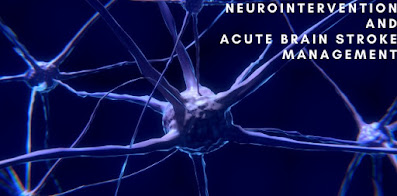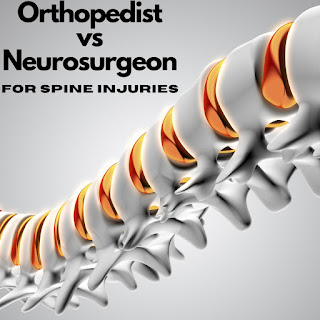Best doctor for Stroke Intervention in pitampura - Role of Neurointervention in Acute Brain Stroke Management
The Role of Neurointervention is a highly specialized field of Neurology performed with intricate skills and expert neurology. It is the systematic implication of neurology to prevent neurological disorders with small doses of therapy and therapeutic agents.
Though Neurointervention has been rocky in the past, with few agents working correctly, new research into Neurointervention indicates that targeted delivery and specific therapeutic agents can offer a great sense of neuroprotection. It is even believed that Neurointervention can solve acute brain strokes and greatly help in brain stroke management.
The Change
More than seven hundred thousand ischemic strokes occur every year on an average, and 70 thousand of those are LVO cases. This means that a revolution was required in the treatment of brain stroke and its management.
This is what Neurointervention brought with it. Though Neurointervention through thrombectomy has been quite successful, it was only available for patients who present between six hours to one day of symptom onset, meaning that the procedure was only performed on a meager 1.17% of the population.
Experts suggest that with the recent AHA/ASA guidelines, these numbers are going to shoot up since Neurointervention and thrombectomies have been successful. There is definitely a need for such a change in Brain Stroke Treatment and management.
Major Contribution
Thrombectomies and Neurointervention have proved to be of much use to Neurosurgeons. Even with low availability and absence of human resources, Neurointervention has had a higher success rate than most techniques in the treatment of Acute Brain Stroke and its management.
If thrombectomies are streamlined for smaller stroke centers and are distributed among the masses properly, Neurointervention can be the sole treatment for Acute Brain Stroke Management in the future.
The Challenges That Lie Ahead
Neurointervention through Thrombectomies shows quite a promise, but it is an extremely complicated procedure that brings with multitudes of problems that need to be tackled through extensive resources.
Since the Neurointervention is constant, i.e 24x7, at least 3 neurosurgeons need to be on call constantly to monitor every step. Devoting 3 specialists for every patient is a mammoth task and with the growing numbers of Brain Stroke patients but the stagnant number of specialists, growing the number of Neurointervention procedures or thrombectomies will be a dilemma for Neurointervention. In addition to that, building stroke centers will also be an expensive and time-consuming task, since there is no immediate available infrastructure for Neurointervention through thrombectomies.
About Dr. Shailesh Jain AIIMS
Dr. Shailesh Jain AIIMS Neurosurgeon formerly now practices in his own neurology center, Arihant Neurospine Clinic.
He is considered the best doctor for stroke intervention in Pitampura due to his specialization in neurological disorders in children and the elderly and has won numerous awards for himself and his practice in the past few years.
Read more blog by Dr. Shailesh Jain down below:




Comments
Post a Comment